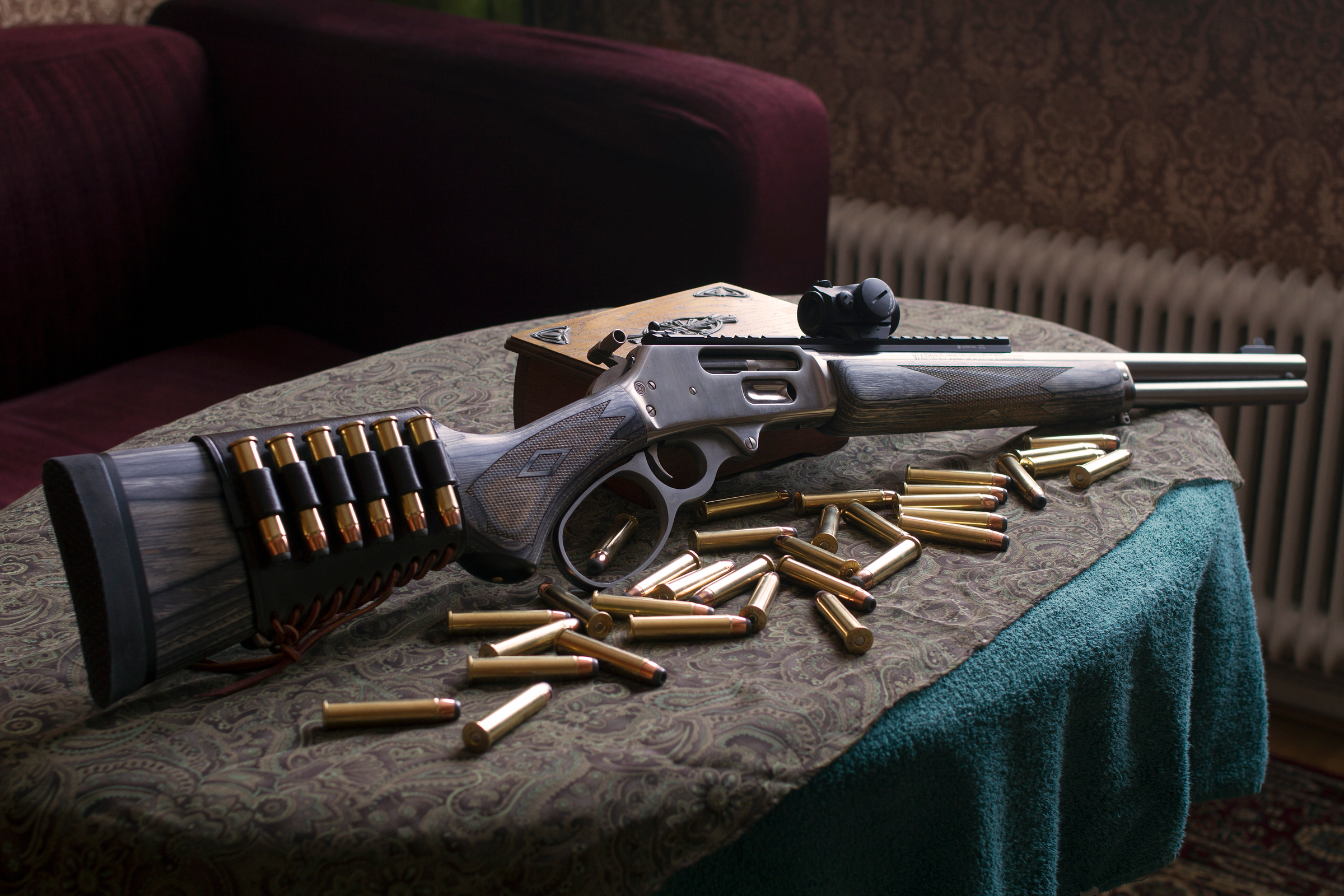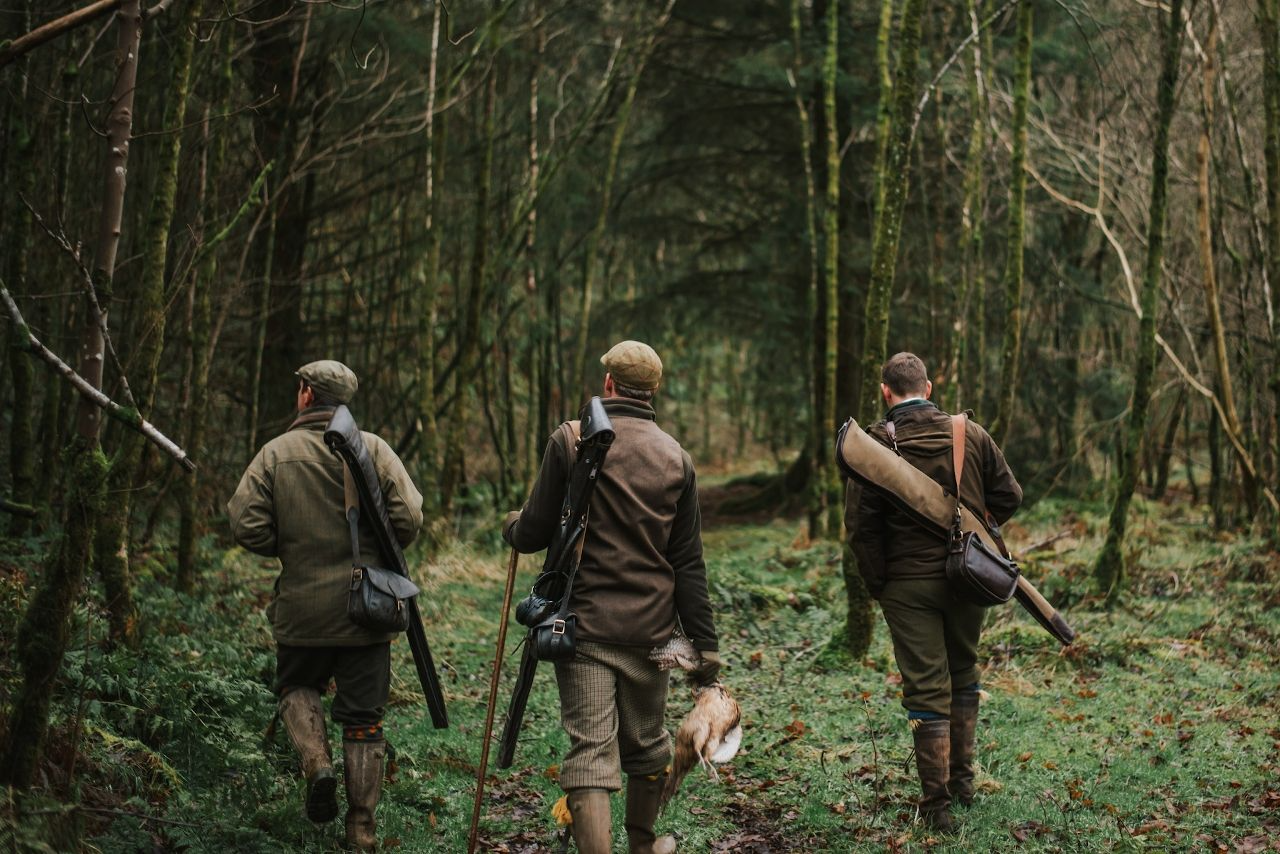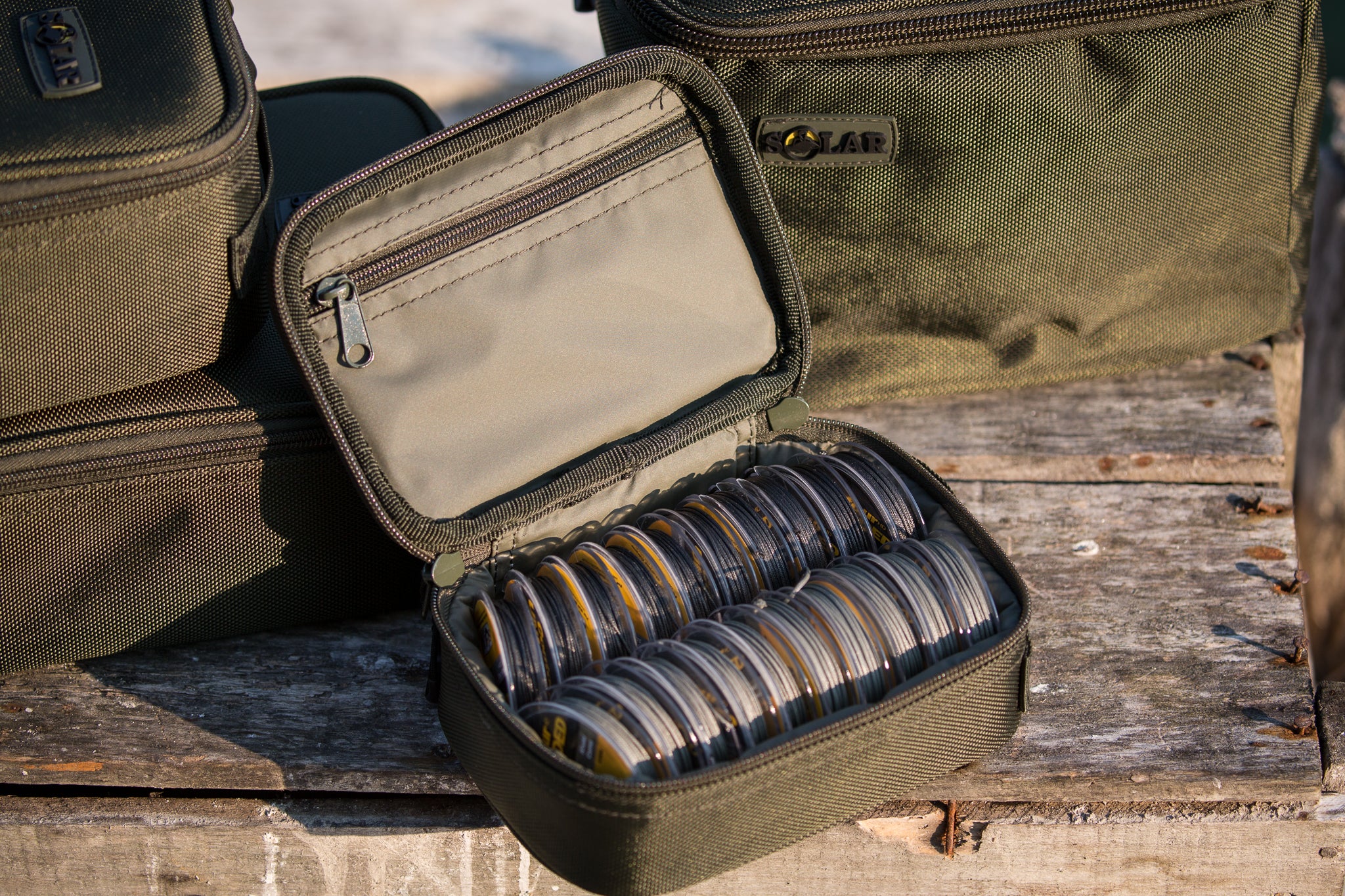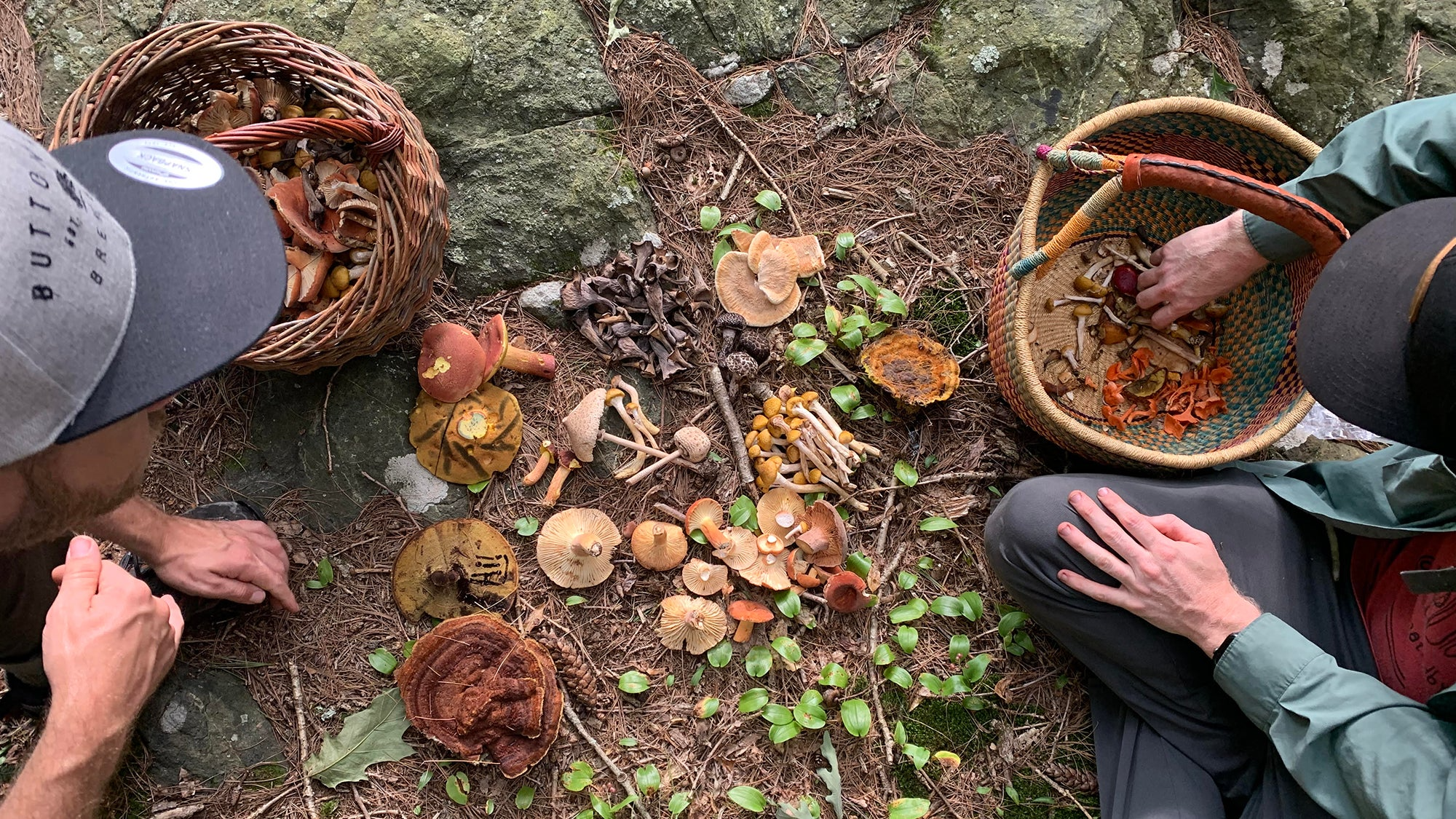How to Prepare for a Mushroom Hunt Without Expensive Gear?
Mushroom hunting is one of those timeless outdoor activities that blend relaxation, discovery, and connection with nature. The good news? You don’t need to spend a fortune to enjoy it. With just a few essentials and smart preparation, you can experience the thrill of foraging like a pro — without breaking the bank.
How to Prepare for a Mushroom Hunt Without Expensive Gear?
1. Learn Before You Go
Before setting foot in the forest, take time to learn the basics. Free resources like local foraging groups, YouTube tutorials, and field guides can teach you how to identify edible species and avoid toxic lookalikes. A little knowledge goes a long way toward a safe and rewarding mushroom hunt.

2. Choose the Right Spot
Look for forests, meadows, or areas with mixed trees that offer shade and moisture — perfect conditions for mushrooms. Many experienced foragers suggest exploring after rainfall, when mushrooms are most abundant. Check local regulations to ensure you’re allowed to forage there.
3. Bring the Essentials
You don’t need premium gear — just practical, reliable tools:
-
A lightweight basket or mesh bag – keeps mushrooms fresh and spreads spores as you walk.
-
A small knife – for cutting stems cleanly without damaging the mycelium.
-
Comfortable shoes – waterproof hiking boots or sturdy sneakers work perfectly.
-
Paper bags or wax paper – for separating species and preventing moisture buildup.
4. Dress for Comfort
Layered clothing is ideal, as weather can change quickly. Opt for breathable fabrics, a hat to protect against ticks or sun, and gloves if you’ll be navigating dense brush.
5. Go with a Purpose
Instead of wandering aimlessly, focus your search around fallen logs, mossy areas, or near trees like oak, pine, or birch. Mushrooms often grow symbiotically with specific trees, and once you find one, you’re likely to find more.
6. Keep Sustainability in Mind
Foraging is not just about collecting — it’s about respecting nature. Cut mushrooms at the base instead of uprooting them, leave some behind to spread spores, and never take more than you’ll use.

7. Store and Clean Your Harvest Properly
After your hunt, clean mushrooms with a brush or damp cloth instead of washing them directly with water, which can affect their texture. Store them in paper bags in a cool, dry place or dehydrate them for long-term storage.
Conclusion
Mushroom hunting doesn’t require fancy gadgets or expensive gear — just curiosity, respect for nature, and the right essentials. With a good knife, a functional basket, and a bit of knowledge, you’ll be ready to explore the forest and uncover its hidden treasures.























